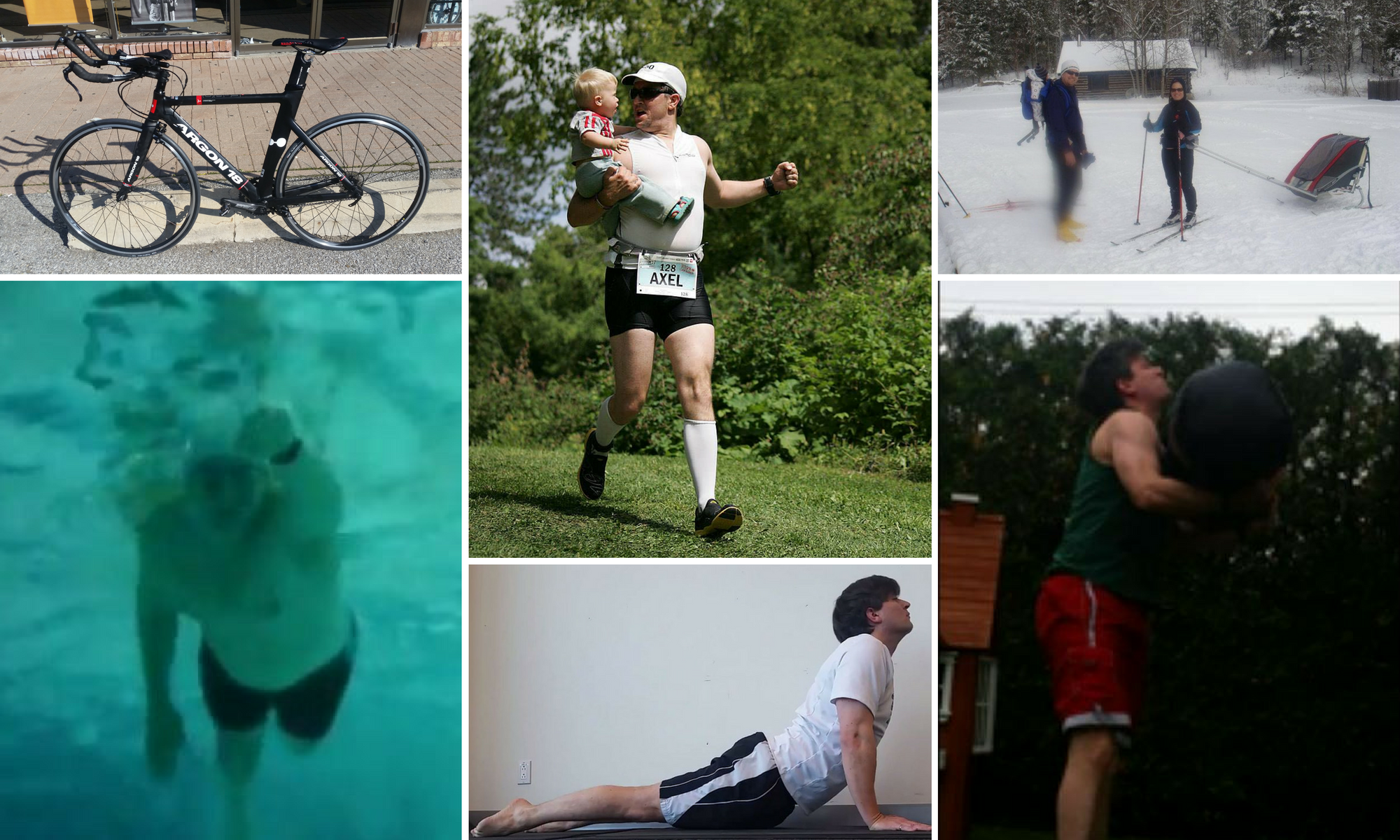 |
| I’m thinking… |
Following a structured swim workout can be complicated. I could probably do an entire series on swim terminology that I don’t quite have a handle on. Even when you look the terms up, it can still be a little intimidating (this is one of the better resources I’ve found so far). One of the things do understand is the idea of doing a set, like the following example:
4×100 Descending
So that’s doing 100m (4 lengths in most pools) 4 times. Each of those 100m intervals are supposed to be done successively faster. If you’re like me (and congratulations if you’re not), it’s hard to get those paces right; how do you do it, beyond just
-
Not too fast
-
A little faster
-
A little faster still
-
Fast as you can! (assuming you have anything left).
Trying progressively harder hasn’t yielded times that decrease for me when doing sets like this, but I did stumble across a way to gradually get faster and have different degradation of effort that I can mentally separate. I even gave them one word nicknames that can double as mantras, if that’s your kind of thing.
-
Stroll: the pace/effort of a walk in the park. You’re swimming casually, and without much concern for form (though don’t be purposely sloppy) or pace or anything.
-
Elegant: Make every stroke as perfect as possible. Anything you’ve been working on remembering to do in drills should be found here. You really concentrate on the best form you can manage to do for the entire interval; it takes some concentration
-
Mash: This feels like a hill climb on the bike (or maybe even the run); every stroke should feel like it has a lot of resistance. Push hard on every stroke, feel the power, like you would if you had hand paddles on.
-
Quick: This one is almost the opposite. Rather than trying to push every stroke hard, you’re trying to get every stroke over with quickly, and focus on the quickest arm turnover possible.
 |
| This shows the resulting times for 4x100m and 4x200m. Usually about 15 seconds rest between intervals. |
The first time I tried this, I actually had #3 and #4 reversed, since I expected that would give me descending times (i.e. go faster). Quick seems to outpace mash for me, it may be different for you.
Disclaimer: I am not a triathlon coach, or even a particularly good triathlete. If you have one of these in your life telling you differently, more power to you – I am merely a busy cheapskate with a DIY ethic (at least in triathlon training) who likes to share his ideas and discoveries.


I do love descending sets. I tend to pace myself better with these in the sense that with regular sets, I just go out too fast and can't hold and even pace throughout. This forces me to pull back at the beginning. And I love the terminology!
I do love descending sets. I tend to pace myself better with these in the sense that with regular sets, I just go out too fast and can't hold and even pace throughout. This forces me to pull back at the beginning. And I love the terminology!